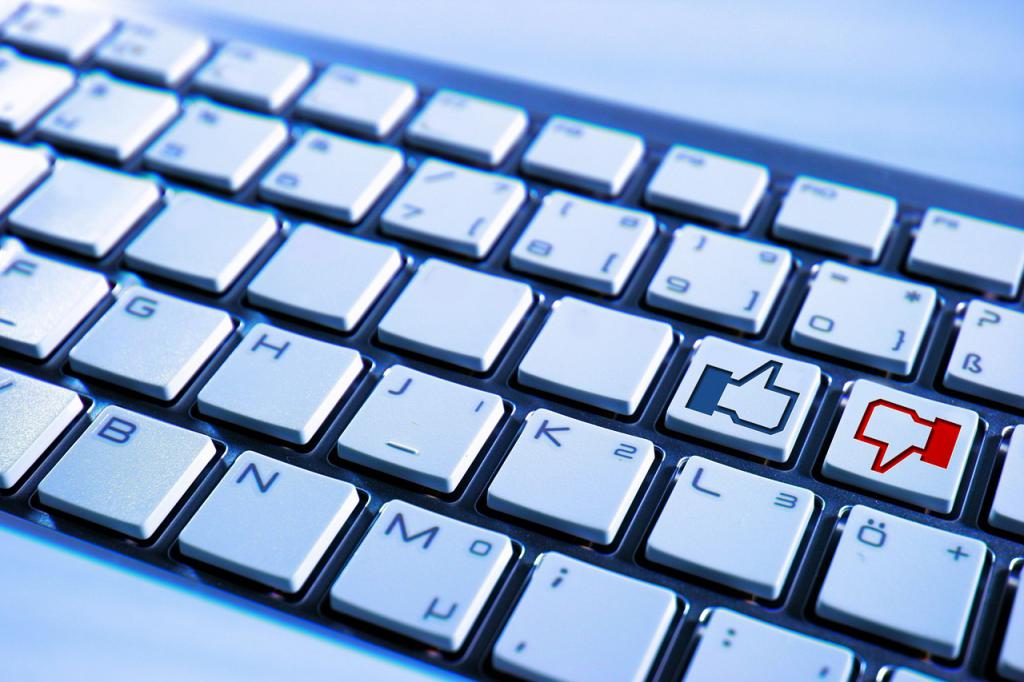Any phenomenon sooner or later overgrows with certain cultural layers and norms. Communication on the Internet has long become a ubiquitous phenomenon, which means it has acquired certain rules of communication. Such an unwritten set of recommendations for behavior in the virtual world is called a netiquette or netiquette - from the phrase “network etiquette” (network etiquette in English). This article describes the basic rules of good tone on the Web.
Features of network etiquette
Rules of conduct on the Internet do not differ from generally accepted standards of decency in the real world. Communicating online also requires politeness, friendliness and responsiveness. Setiquette - these are the same standards of etiquette, but in virtual space. But many online communities often form their own rules (in fact, as in an offline environment - for example, among representatives of a certain subculture or in a long-familiar close company).

In addition, many norms and examples of the setet are determined by specific methods of transmitting information: on the Internet, in order to convey our thoughts, we use text, pictures, less often, video and sound messages. The way we do this leaves its mark on other people's perceptions of us. And in this case, it is already important to know what is considered acceptable by network etiquette, and what is regarded as rude behavior. For example, a person who does not know that the text of the message written in upper case is equivalent to switching to a cry in the real world, will not be able to understand why his message is negatively reacted. In order to avoid such situations in the future, it is necessary to figure out which setiquet rules are relevant for Web users.
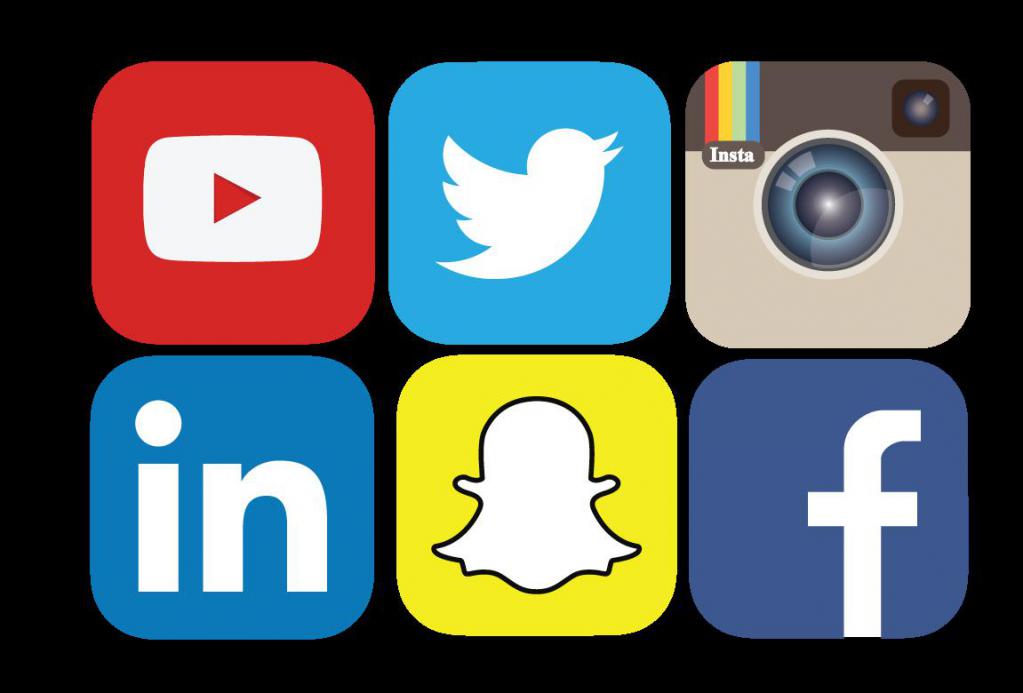
Forum Communication
Although now online forums are already fading into oblivion, giving way to social networks and instant messengers, it was on them that the foundations of the setet began to form. It was this communication on the forums that made users think about the need to adhere to the main topic of discussion in the comment thread, and also taught how to calculate trolls - conflict instigators. The main concepts that are still actively used to characterize the norms of communication on the Internet are flood, offtopic, ban, flame and others.
Flood and offtopic
Flood comes from the English word for flood. Corresponds to filling the discussion thread with meaningless and useless comments devoid of any useful information. Often people who start to flood in a topic do not have any malicious intent - they just want to talk, make a joke and fool around in the comments. It is for such purposes that special topics are created separately in which you can flood.
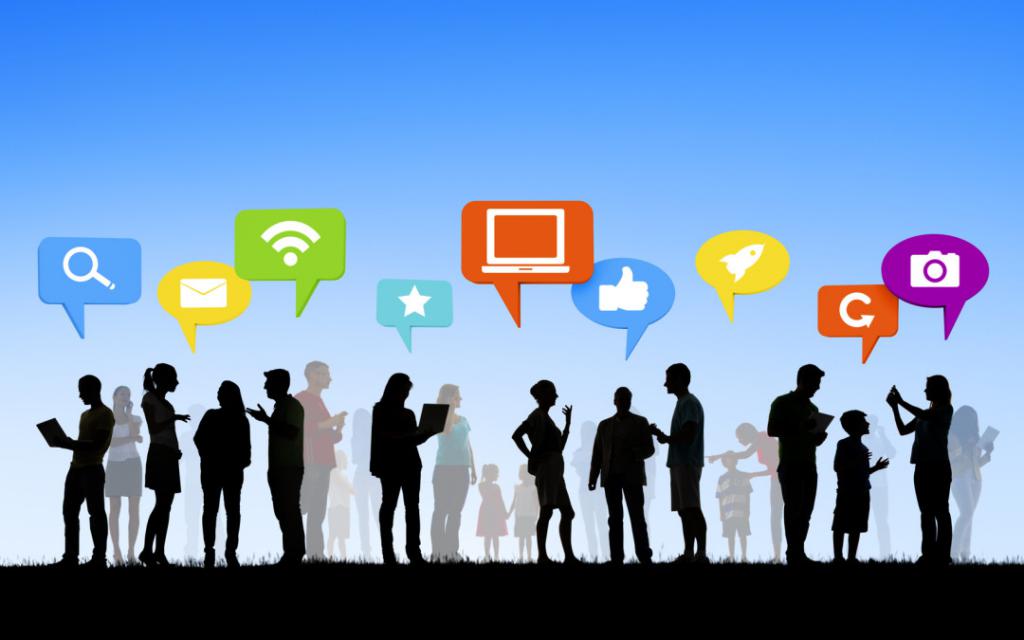
Offtopic is a departure from the main topic of discussion. It looks like a flood and often grows into it. How is this usually? For example, a new topic “Advise how to choose fishing rods” opens on the forum of fishing enthusiasts. Several people share their experiences, one puts a photo from fishing on the background of a car, the second notices a model of a foreign car and begins to reason why it is better or worse than any other. A third is connected to the discussion of cars - as a result, a newcomer to the forum is surprised to find five pages in the topic about fishing rods with a heated discussion of cars. Such cases usually end up with moderators deliberately creating a new topic and transferring offtopic pages there.
Ban and flame
A ban on the network is received by someone who does not know how to behave decently.This is a rather severe punishment - the offender is deprived of access to the resource. Usually banned for outright rudeness, the transition to the individual, inciting conflict, the deliberate dissemination of false and malicious information. Each resource, as a rule, has its own set of rules that determines how to behave and for which you can get a ban.
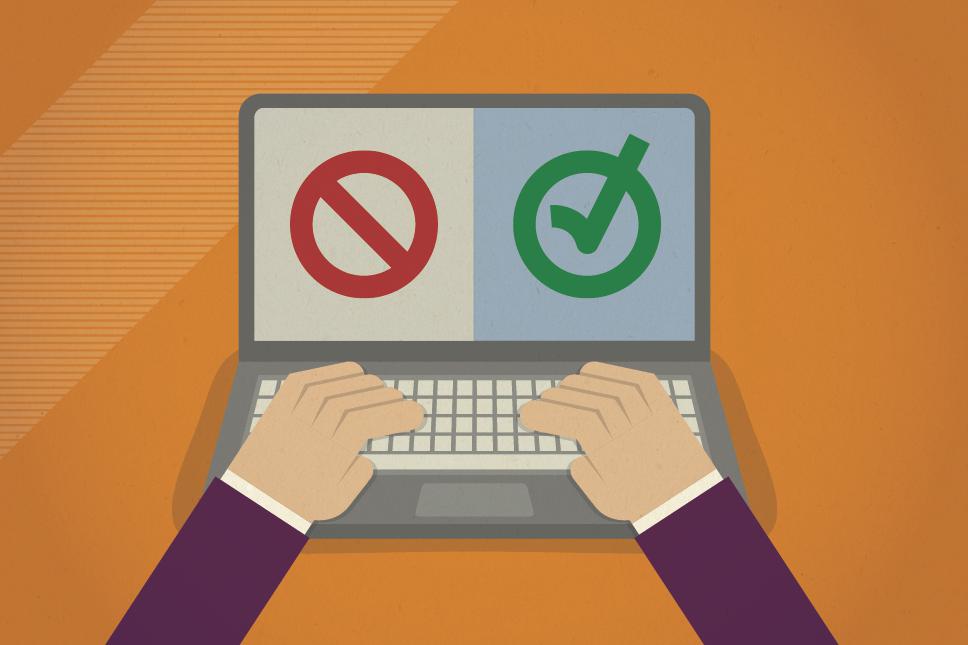
Flame - too heated discussion. If the course of the conversation goes into a rather tense channel, controversy erupts, and then the original topic of the conversation is forgotten, because the participants are too keen on clarifying the relationship - it’s customary to talk about a flame. Particularly active participants in the flame may be banned.
Social Media Etiquette
Now most Internet users do not communicate on forums, but on social networks, whose unspoken courtesy rules may vary slightly. Almost all countries of the world use Facebook, and there are several specific communication errors in this social network that are all enraging:
- To resolve personal issues, use only the messenger - do not sort things out or agree on some important business in the comments. And even more so, you do not need to publish anything on the wall of another user without prior permission.
- Do not bomb unfamiliar people with the flow of messages. Many are annoyed by the "go and write on the go" style of communication. This usually happens in a conversation with friends, but if you want to make a request to a stranger, you better not compose it on the go, but formulate it in advance and write a full text.
- Never add anyone to groups without their consent - this annoys absolutely everyone. It’s good form to write a post about this group, where you explain what kind of community it is, why you created it (subscribed to it) and what they publish or are going to publish in it.
- Ask permission before marking a person in a photo, and do not post on the social network what can be considered compromising. You should also not mark friends on greeting cards, as is often the custom.
- You should not make a video call without prior warning - this applies not only to the instant messenger on Facebook, but also to other similar messaging programs. It is always better to ask in a chat - is it convenient for a person to speak.
- Do not disseminate false or spamming information. Also, many are annoyed by compassionate posts about homeless kittens and the so-called letters of happiness. If you abuse them, they will unsubscribe from you pretty soon.
The value of emoticons
In modern Internet communication, emoticons play an important role - they make it possible to understand the emotions of the interlocutor, regardless of the text. Of course, you will not use emoji (as emoticons are also called) or stickers in business correspondence, but this can and should be done in correspondence with friends. There is even such a joke that a person who writes without emoticons arouses suspicion.
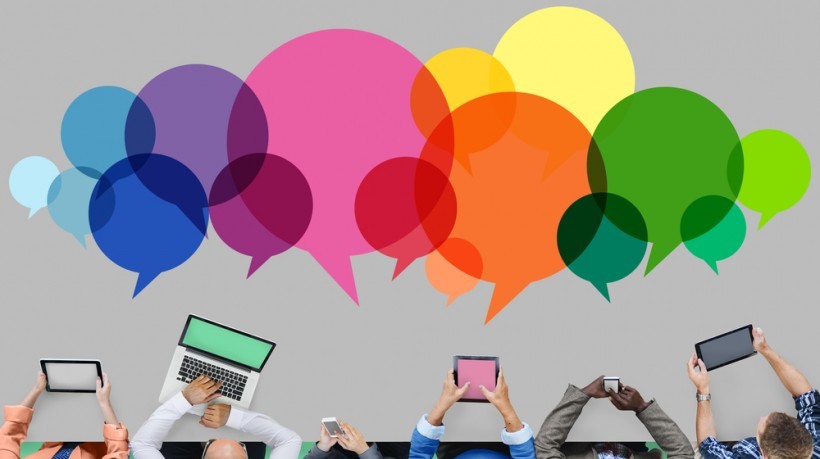
But there is another extreme - an excess of emoticons. There are such posts where instead of half the words pictograms are used. Perhaps this will seem funny to someone, but the meaning of emoticons is to dilute the text a little (by 10% maximum), and not to draw all the attention to yourself.
Learn to write beautifully
In most cases, the text on the Internet is your main self-presentation (of course, if we are not talking about the Instagram feed or the YouTube channel). The ability to write competently, logically build sentences, the very manner of writing - all this can attract or alienate readers, telling a lot about who you really are. Observe those whose texts attract you and take note for yourself what you would like to borrow from their style.
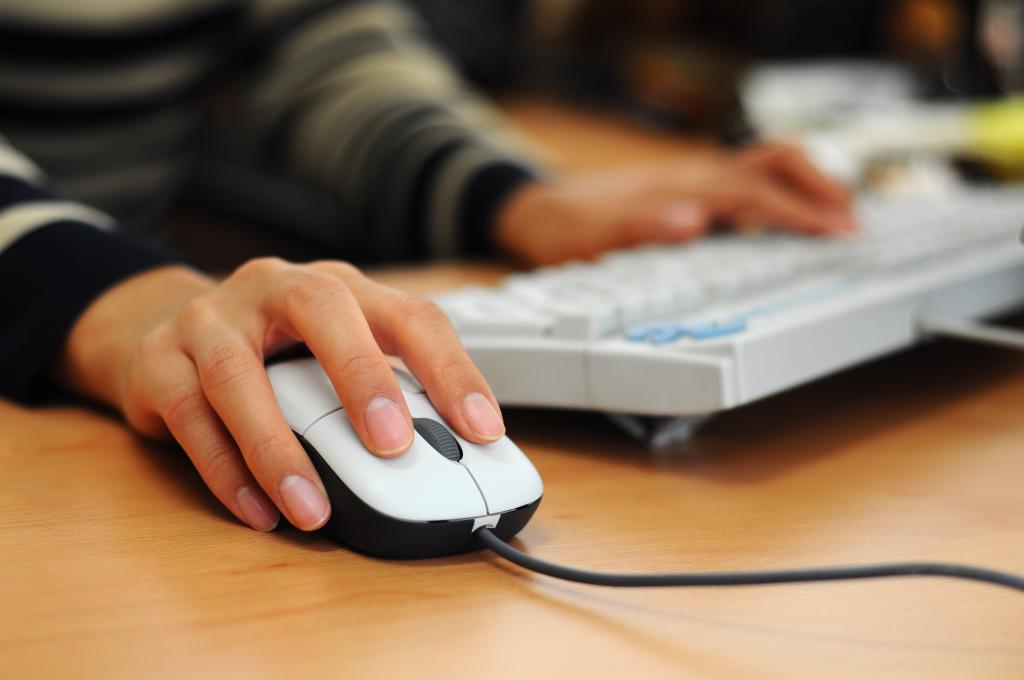
Do not spare words
If you correspond with close friends, then grammar, spelling and vocabulary become less important - it is much more important to quickly convey information.The problem is that many people consider such ignoring punctuation, capital letters and even commonplace courtesy rules to be the norm of the set. This can be illustrated by this example: often in online stores in social networks under the photo with the goods a person writes “Price?”, “How much?” Instead of contacting more politely and extensively. On the other hand, the seller, who does not indicate the price under the photograph of the goods, also does not differ in attention to his customers.
No capsule!
A common mistake for novice users is to use uppercase (capital letters) to write text. Remember, by the rules of the setiquette this is a transition to a cry. It is only relevant in the correspondence of well-known people, and even then most often in cases where you need to express surprise or indignation. Corresponding in capslock mode, or capsa (as they also call a solid upper case), with strangers is definitely not worth it. And you definitely shouldn’t alternate letters in upper and lower case in one word - it was fashionable ten years ago, but now it’s only annoying.
"Sins" of Instagram users
Since more and more content on social networks is published in the form of images and photographs, then within the framework of studying the setet as rules of communication behavior on the Web, this topic should also be touched. Most of all it concerns the Instagram network, whose users often “sin” with monotonous photos of meager themes.
Any low-quality picture is, first of all, disrespect to your reader. This is excusable only if you really want to share the moment with your friends and add a signature, often with an apology for the poor quality. If a person simply uploads a photo of dubious quality without a signature, then this is regarded as a desire to share a beautiful photo - the problem is that in fact it is not.
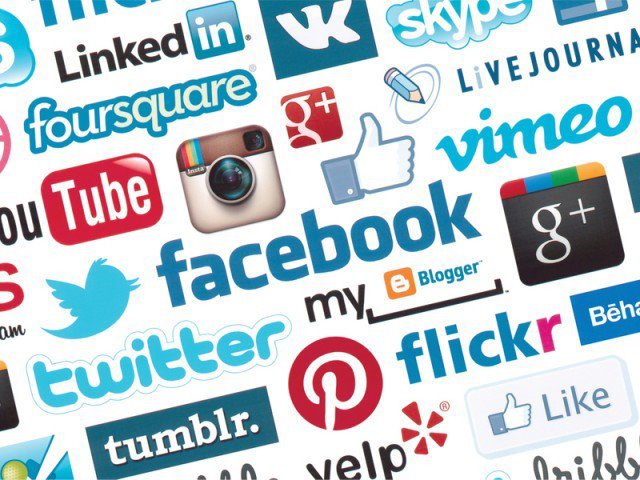
Suppose the photo quality is excellent - then a person can hit the other extreme. Everyone has a friend who daily takes a selfie, his own food, coffee, a bouquet of flowers, a beautiful sunset. Similar network characters annoy no less, if not more, than people posting photos of poor quality. For your feed to consist of interesting subscribers, and not random people who pecked at your pretty face, dilute the flow of endless selfies with more intelligent posts.
Email Communication
The concept of netiquette also applies to email. Nothing has changed fundamentally in the field of personal correspondence. A letter sent via e-mail should be as polite and courteous as written on paper. But be careful to the details - there are ways to show respect for your virtual interlocutor in them:
- Do not write text in solid blocks - use structuring and paragraphing. So the text will be easier to read, and it will be more convenient for your interlocutor to read it.
- Do not use the "good time of day" appeal accepted on the Web - it has already managed to fill many sore mouths.
- Be sure to indicate the subject of the letter - do not leave this field blank.
- If you participate in group correspondence and want to send a reply letter to only one addressee, be sure to check to see if all the other participants in the correspondence are listed in the "To" field. And vice versa, if you want to send the same message to a group of people, it is better to check the box “Bcc” - then the general address base will remain available only to you.
- In order to reply to a letter, use the special "Reply" button - this will allow you to track all previous correspondence.
- It is best to specify the recipient’s address last - this will save you from an awkward error when an incomplete message reaches the addressee due to accidentally pressing the “Send” button.
- Do not delay the answer. E-mail means an instant message to the addressee and a quick response.
